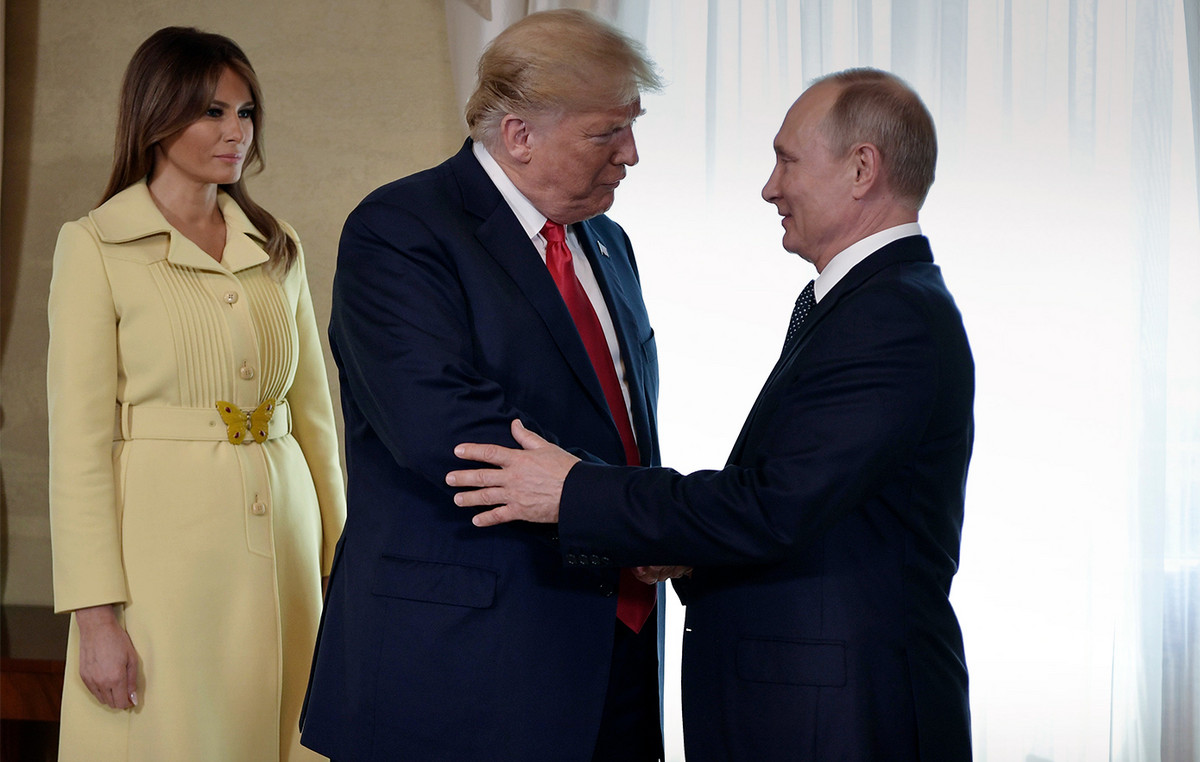The issue of financial mechanisms is also closed. From today a new global CO2 market is starting to be built. Those who reduce or absorb emissions will be able to sell contracts to companies that want to offset the emissions they are unable to reduce (the aviation sector). The CO2 market already existed, but heavily affected by double calculation mechanisms, the absence of reporting and other problems, which artificially inflated the number. This creates a structured trade regime between countries, although some loopholes remain to be fixed. A potential resource accelerator, respecting human rights and necessary to move resources for the poorest countries, with withdrawal mechanisms linked to the emissions market.
The great dissatisfaction of the most vulnerable countries
Least developed countries and vulnerable ones, such as small island states, such as le, leave Glasgow with a bad taste in their mouths Maldive or Fiji. In Glasgow you had to get to shelling out $ 100 billion a year to help countries cut emissions, train emissions reporting skills and become resilient to the destructive effects of climate change that are already being felt today. The full figure will only be reached in 2025, although the Glasgow Pact reiterates the urgency of countries to shell out that figure.
The good news for vulnerable countries is that funding for adaptation has doubled, or infrastructures and strategies to counter the effects of climate change, from the modernization of water networks to breakwaters for the raising of the seas. There will be a lot of talk about this in Sharm-El-Sheik. Just as the theme of the Loss&Damage, an insurance mechanism for the most vulnerable countries that compensates communities in the event of a disaster. Although a series of meetings is institutionalized (no less than four by 2023), the Glasgow text does not indicate a date for making a decision, nor an ongoing process, nor whether there will actually be economic resources mobilized.
The group of developing countries would have wanted a dedicated entity, complete with funding, but the US and the EU remained cold on the issue. Mohamed Adow, director of the thinktank Power Shift Africa based in Nairobi, said: “The needs of the world’s vulnerable people have been sacrificed on the altar of the rich world’s selfishness. The result here reflects a policeman in prison in the rich world and the result contains the priorities of the rich world. “
“We now need a strong commitment from Europe, which Glasgow failed to do, to build a broad alliance in support of Loss and Damage Facility so that it finally becomes a reality at next year’s “African COP” in Egypt “, explains Stefano Ciafani, president of Legambiente. «Italy must do its part. Not only by supporting European action for the creation of the Loss and Damage Facility, but also guaranteeing its “fair share” of the collective commitment of 100 billion dollars a year for the period 2020-2025 for the climate action of the poorest countries. This is at least 3 billion euros a year which can be easily found by cutting subsidies to fossil fuels to be included as soon as possible in the budget law under discussion ».
Meanwhile, delegates, activists and journalists are leaving the city of Glasgow, among the cheering and drunk boys of Saturday night and those who the night does not even end at dawn. Regardless of what happened in the halls of the Scottish Event Center. Negotiation is also this. An immense work, difficult to understand and not always successful. But as long as it remains a positive incremental process, then we cannot say that it is a failure.
Other stories of Vanity Fair that may interest you:
– Disabled minister outside COP26. The activist: “The habit of accessibility is missing”
– Claudia Laricchia: “The future of the environment begins with our fork”
.
Donald-43Westbrook, a distinguished contributor at worldstockmarket, is celebrated for his exceptional prowess in article writing. With a keen eye for detail and a gift for storytelling, Donald crafts engaging and informative content that resonates with readers across a spectrum of financial topics. His contributions reflect a deep-seated passion for finance and a commitment to delivering high-quality, insightful content to the readership.







